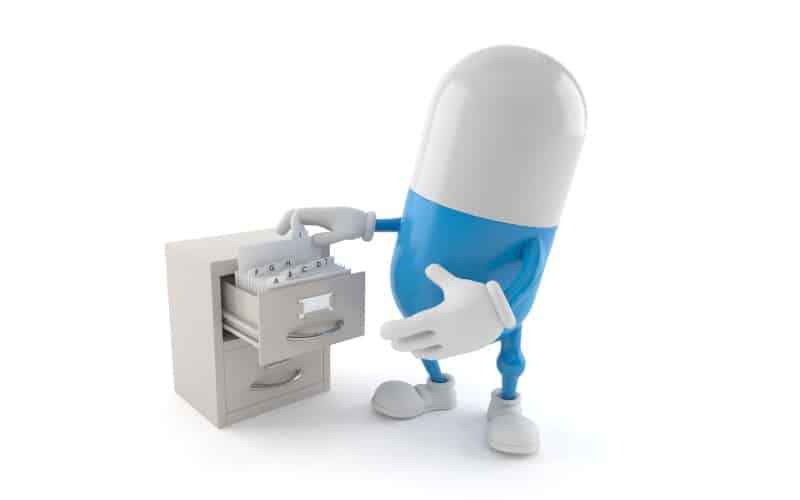If you haven’t heard of surplus stripping as a tax strategy, you are not alone. However, it offers high income earners a great opportunity to withdraw funds at a lower tax rate. It benefits people in specific situations, but as of January 1, 2024, because of tax changes, this strategy will no longer be advantageous. If you have a corporation, you should act soon to benefit from it.
If you’re an owner of an incorporated pharmacy business, below are some details about this tax strategy to help you see if it might be right for you. However, if you wish to pursue this strategy, you should seek professional guidance and take your unique circumstances into account.
Who Is Likely to Benefit From This Strategy?
High income earners, with a corporation, who wish to withdraw money for a personal expense or debt can benefit. This includes pharmacy owners.
Sometimes, pharmacy owners need money to be withdrawn from their corporation to pay for large personal expenses, such as paying off a mortgage or other debt or buying a second property. Surplus-stripping transactions allow payments that are received from a corporation to be taken out as capital gains rather than dividends, since capital gains are taxed at much lower rates.
This strategy only applies and is only useful if you need to withdraw money to pay for a large personal expense. If you are not in this situation, this strategy won’t benefit you.
Legally Withdraw Money Under Capital Gains Instead of Dividends
Pharmacy owners implementing these transactions can receive significant tax savings on the amount withdrawn from their corporation when they withdraw it as a capital gain, under a legal strategy known as surplus stripping.
Surplus Stripping
Capital gains surplus stripping refers to tax strategies that let you distribute cash from your corporation as a capital gain instead of pulling the cash out as dividends, which are more highly taxed.
You start by creating a new corporation. Your original pharmacy corporation then gets different shares and sells them to the new corporation at their fair market value in exchange for a note payable. This triggers a capital gain that is reported on your personal income tax return.
Over time, you can use assets to repay the note payable through one of a couple of tax-friendly options. The amounts you receive on the note payable are not personally taxable for you.

How Much Will This Save?
If you want to take out $200,000 to use personally, whether it’s to make a down payment on a house, pay off mortgage, or for other reasons, you need to take out more, to ensure you have the full amount of $200,000 after it has been taxed as you withdraw it.
If you are at the top tax bracket rate for Ontario and federal taxes, and are trying to take out your money for one of these personal reasons, as a non-eligible dividend:
To get out $200,000, you would have to take out $382,702 in non-eligible dividends, and be taxed at a rate of 47.74%, which would leave you with the $200,000 after tax that you need.
However, taking it out as a capital gain, it would be taxed at a rate of 26.76%, so you only need to take out $273,075 to get your $200,000 that you need. This is a savings of $109,627 in your personal taxes.
How Much Would It Cost to Implement This Strategy?
Despite its tax-saving benefits, the process is costly and carries inherent risks. Capital gains surplus stripping is a complicated process requiring meticulous tax planning by a professional accountant and lawyers for optimal results and risk mitigation, as well as to ensure associated expenses, such as planning memos, incorporation, legal fees, amalgamation/wind-up, compliance, accounting, and registration costs don’t negate the benefit. This strategy can enable significant savings, but there are some risks and costs involved. It’s crucial to have an advisor who can assess your potential tax risks, which vary case by case.
This strategy is still a benefit if you are expecting your future taxes to surpass present ones and substantial funds will be withdrawn from the corporation in the short term. High-income earners stand to gain, but again, careful evaluation and professional advice are critical.
The Importance of Expertise
Capital gains surplus stripping as a tax strategy is typically instigated by a specialized tax advisor. However, it is advisable to additionally seek independent legal counsel, preferably from a lawyer well-versed in medical corporations and capable of drafting and executing necessary legal documents. In general, tax professionals collaborate with legal advisors to strategically plan and execute such approaches. The strategy needs to be executed perfectly to be of benefit.
Why Do You Need to Act Now?
Under the Federal Budget 2023 the general anti-avoidance rule (GAAR) was amended and a penalty of 25% of the amount of the tax benefit was introduced. This reduces the advantages to using this tax strategy. The new GAAR rules apply to transactions that occur on or after January 1, 2024, so it is important to use the strategy before then.

Again, this is a great, one-time opportunity for higher income earners to withdraw funds at a lower tax rate.
The experts at PharmaTax have experience in handling specialty tax strategies like surplus stripping, and have the specialized expertise in pharmacy businesses and corporations that you need to successfully implement this strategy. We will guide you on whether this will actually be a benefit to you, or whether other options would be better.
- With The New Capital Gains Tax Changes for 2024, What are the Best Places to Tax Shelter My Money? - November 1, 2024
- Business Overhead Insurance: What it is & Why You Need It - October 18, 2024
- How Long Do I Need to Keep Receipts? - October 5, 2024


